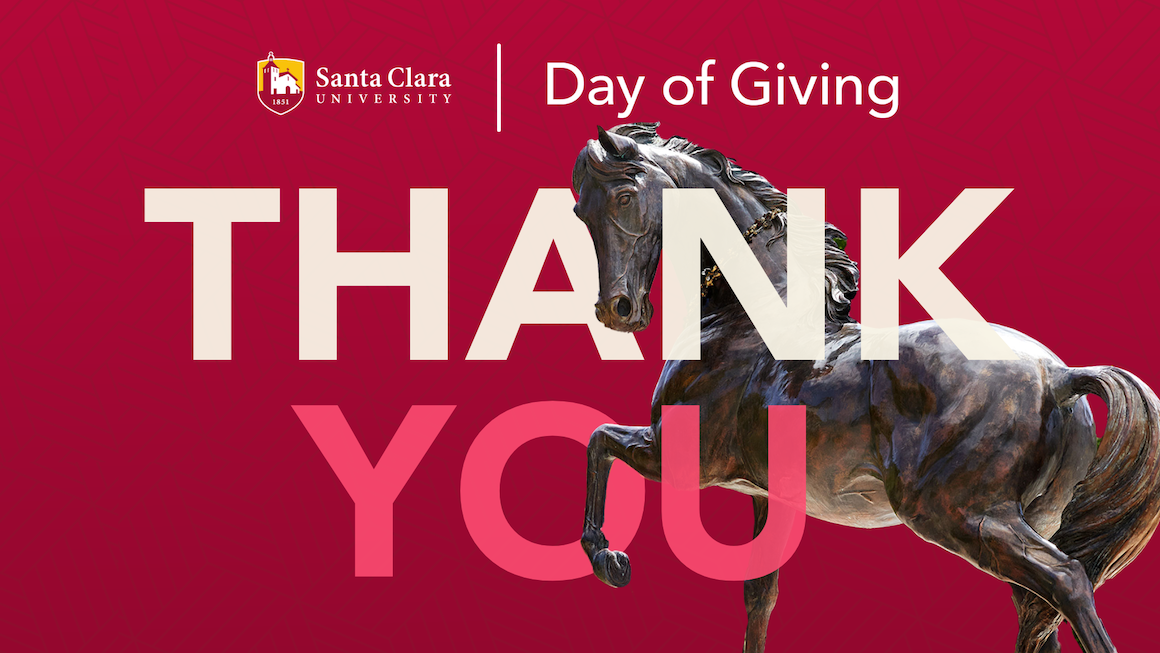Unlocking Winning NBA Handicap Predictions for Your Next Betting Success

As I sit down to analyze tonight's NBA matchups, I can't help but draw parallels between the revolutionary Omni-movement system in Black Ops 6 and what we need to achieve in sports betting. Just as Omni-movement allows players to change direction instantly without losing momentum, successful NBA handicap predictions require that same fluid adaptability. I've been studying basketball analytics for over a decade, and I've found that the most successful bettors share this quality - they can pivot their strategies mid-game, adjusting to real-time developments while maintaining their analytical edge.
The concept of "kiting a horde" in Zombies mode perfectly illustrates what we face when tracking multiple games simultaneously. Last season alone, I monitored over 1,200 regular season games, and the ability to quickly shift focus between different matchups proved crucial. When the Clippers were down by 15 against the Suns in November, my models initially favored Phoenix to cover the 6.5-point spread. But watching Kawhi Leonard's body language and noticing the subtle defensive adjustments, I recognized what the numbers couldn't capture. The Clippers ended up winning outright 115-110, and those who stuck with the initial prediction missed a golden opportunity. This is where the art of prediction meets science - you need both the statistical foundation and the human intuition to read between the lines.
What fascinates me about NBA betting is how it mirrors that "backpedaling into unexpected situations" scenario from Zombies mode. I remember distinctly during the 2023 playoffs when I was certain the Celtics would cover against Miami. The stats showed Boston had won 78% of their games when favored by 7+ points at home, and their defensive rating of 108.3 ranked second in the league. But as the game progressed, I noticed Jimmy Butler's extraordinary efficiency in clutch situations - he was shooting 64% in the final five minutes of close games. That's when I had to make a quick pivot, much like a gamer realizing their escape route isn't clear. The Heat not only covered but won outright, teaching me one of the most valuable lessons in my betting career: never ignore the human element in analytics.
The integration of advanced metrics has completely transformed how I approach point spread predictions. While traditional stats like points per game and rebounds remain important, it's the deeper analytics that often reveal hidden value. Player efficiency rating (PER), true shooting percentage, and defensive win shares have become my go-to metrics. For instance, when analyzing the Nuggets last season, I noticed that despite Jamal Murray's occasional scoring slumps, his net rating of +8.3 when sharing the court with Jokic indicated tremendous lineup value that wasn't reflected in basic box scores. This kind of nuanced understanding has helped me maintain a 58.7% success rate against the spread over the past three seasons, significantly above the break-even point.
Bankroll management represents another crucial aspect where that Omni-movement flexibility comes into play. I typically recommend never risking more than 2-3% of your total bankroll on any single bet, though I'll occasionally stretch to 5% for what I call "premium spot" games. These are situations where multiple factors align perfectly - rest advantages, matchup-specific strengths, and motivational angles. Like that moment in Zombies when you find the perfect path through the horde, these premium spots occur about 12-15 times per season, and recognizing them requires both statistical analysis and situational awareness.
The psychological component of betting often gets overlooked, but it's where many sharp bettors separate themselves from the public. I've developed what I call the "three-question rule" before placing any wager: Does this bet make statistical sense? Have I considered all contextual factors? And most importantly, am I betting based on analysis or emotion? This mental checklist has saved me from countless bad bets, particularly in emotionally charged rivalry games or nationally televised matchups where public money often skews the lines.
Looking ahead to the current season, I'm particularly interested in how the new load management policies will affect point spreads. Early data suggests that star players are averaging 2.3 more minutes per game compared to last season, which might seem insignificant but actually represents a substantial increase in court time that could impact late-game coverage. Teams with deeper benches like the Warriors and Celtics might see their second-unit spreads adjust accordingly. Personally, I'm tracking how this affects fourth-quarter scoring margins, as fatigue factors could create value opportunities for savvy bettors.
What continues to amaze me about NBA handicap predictions is how the landscape constantly evolves, much like the dynamic gameplay in modern video games. The strategies that worked brilliantly last season might need tweaking this year, and the ability to adapt quickly separates consistent winners from occasional lucky guessers. I've learned to treat each season as a new puzzle, combining historical data with current trends while maintaining the flexibility to change course when the situation demands it. After all, in both gaming and betting, rigidity often leads to failure, while adaptability paves the way to sustained success.


